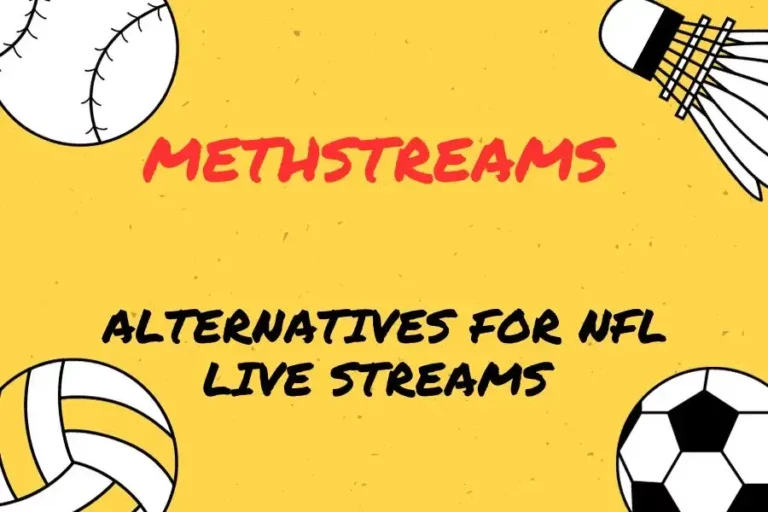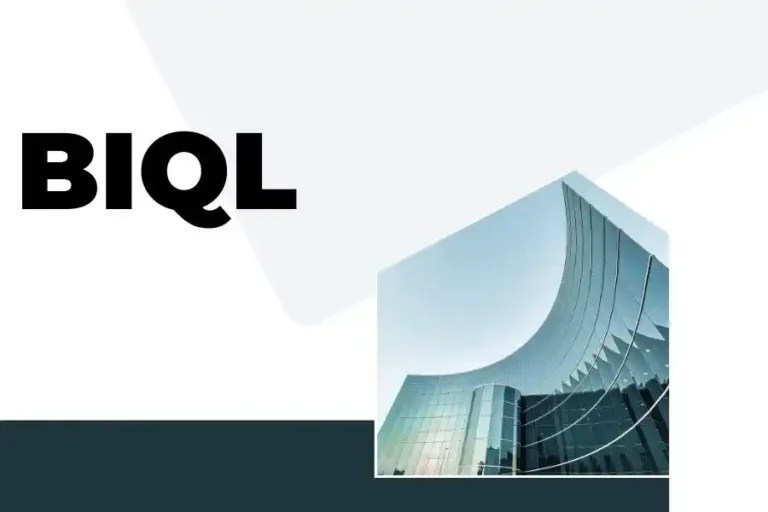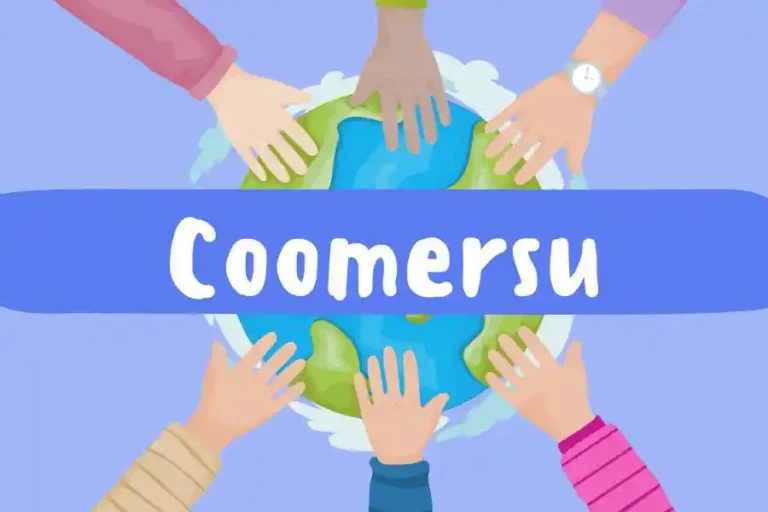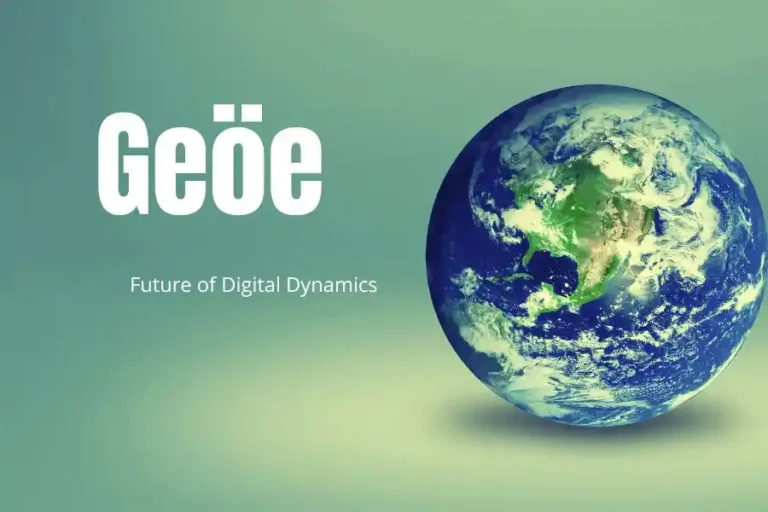Unleashing the Power of TotallyScience Gitlab: A Comprehensive Guide 2023

Are you a developer striving for a seamless version control system to enhance project management and collaboration? Look no further – Gitlab is the ultimate solution. In this article, we’ll delve into the ins and outs of TotallyScience Gitlab, exploring its myriad features and benefits and how you can leverage them for optimal results.
Introduction to Gitlab
Gitlab is a versatile web-based Git repository manager that offers a robust platform for managing code repositories, fostering collaboration, and streamlining project development. Whether you’re a solo developer or part of a team, TotallyScience Gitlab equips you with the tools to enhance code tracking, bug management, documentation, and seamless integration.
Navigating the Interface
Upon entering the Gitlab interface, you’ll encounter three distinct sections. The navigation bar provides access to various Gitlab features, while the main content area showcases your project’s code. The sidebar offers insights into your project’s details and contributors, fostering transparency and effective project management.
Essential Features of Gitlab
Creating and Managing Issues
One of Gitlab’s most valuable features is its issue tracker. This tool simplifies the process of identifying and addressing bugs and enhancements. Assign tasks to specific team members, label them for clarity, and track their progress seamlessly.
Collaborative Documentation through the Wiki
Gitlab’s wiki functionality provides an ideal space for storing and collaborating on project documentation. Foster knowledge sharing and streamline information dissemination among your team members.
The Power of Integrations
Gitlab boasts powerful integrations with Slack, Dropbox, and Google Drive tools. These integrations enable you to enhance project organization, simplify collaboration, and seamlessly share code and files with your peers.
Understanding TotallyScience Gitlab
TotallyScience Gitlab embraces Gitlab’s core functionalities to meet the unique needs of the scientific community. It is an efficient platform for managing code repositories, tracking changes, and collaborating on research-driven projects.
Making the Most of TotallyScience Gitlab
Creating and Managing Projects
Initiate your journey with TotallyScience Gitlab by creating a project. Projects serve as containers for your code repositories, facilitating organized collaboration and effective project management.
Collaborator Integration for Enhanced Teamwork
Enlist fellow researchers and collaborators to your project by adding them as collaborators. This enables seamless cooperation and the ability to contribute to the codebase collectively.
Setting Up Repositories for Efficient Code Management
Repositories act as warehouses for your code. Create repositories within your project to systematically organize your code and ensure its availability to your team.
Committing and Pushing Code Changes
As you modify your code, commit your changes to record your progress. Push these changes to the remote repository to maintain synchronization and accessibility.
Branching and Merging for Effective Development
Utilize branching to work on separate code versions without affecting the main branch. Once your modifications are complete, merge your code into the central unit to consolidate changes.
Elevate Your Workflow with Gitlab
Continuous Integration and Continuous Deployment (CI/CD)
Gitlab offers a robust CI/CD system that automates the process of building, testing, and deploying your code. This ensures that your application is always up-to-date, enhancing your development cycle.
Monitoring and Enhancing Code Quality
GitLab provides tools for code review and quality analysis. Collaboratively review code changes, detect potential issues, and ensure the integrity of your codebase.
Embracing Agile Practices
GitLab supports Agile methodologies, allowing you to manage projects using iterative and incremental development techniques. Use features like Epics and Milestones to plan and track progress effectively.
Conclusion
In conclusion, TotallyScience Gitlab offers an innovative platform for researchers and developers to streamline their code management, collaboration, and project development. By harnessing the power of Gitlab’s features, you can elevate your workflow, enhance communication, and achieve unparalleled productivity. If you also want to read about Trixie tongue tricks then visit our that blog.
FAQs
What is Gitlab’s main interface divided into?
Gitlab’s main interface is divided into the navigation bar, main content area, and sidebar. These sections provide access to features, showcase project code, and display project details.
How does the issue tracker enhance project management?
Gitlab’s issue tracker allows you to identify, assign, and track bugs and enhancements efficiently. This promotes precise task management and ensures transparent progress monitoring.
What is the significance of the Gitlab Wiki?
The GitLab wiki serves as a collaborative space for documenting projects. Team members can contribute to project knowledge, ensuring information sharing and retention.
How does TotallyScience Gitlab cater to the scientific community?
TotallyScience Gitlab adapts Gitlab’s functionalities to cater to researchers and scientists. It provides a robust platform for managing code repositories and collaborating on research-oriented projects.
What are the benefits of branching and merging in Gitlab?
Branching allows developers to work on separate code versions without affecting the main branch. Merging consolidates these changes back into the central unit, ensuring code coherence.





